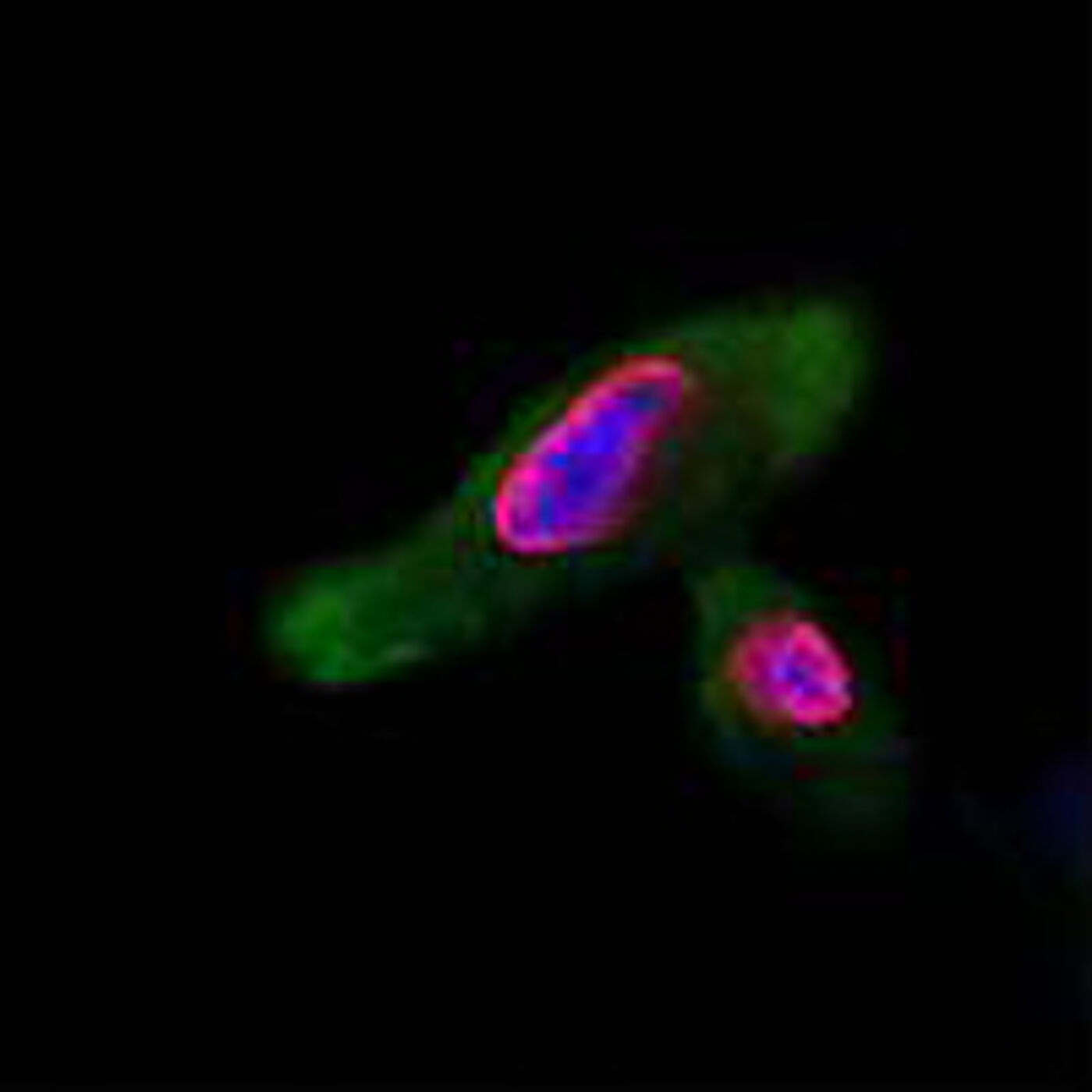Human papillomaviruses
Human papillomaviruses (HPV) cause a range of diseases from common warts on the hands to cancers, such as cervical cancer — the third most common cancer of women worldwide. HPV also cause cancers of the mouth & throat, with a dramatic increase in the incidence of this in recent years, particularly in males of developed countries. So far, around 190 HPVs have been identified. Most humans are infected with many different types of these viruses, but infections are usually harmless. However, a subset of 'high risk' HPV have a higher probability of causing disease that can lead to cancer. For HPV infection of the cervix, early detection by smear test has resulted in around a 50% reduction in cervical cancers. The new HPV vaccine is expected to reduce the incidence of cervical cancer even more in years to come.
Researchers in the CVR are working to improve diagnosis of HPV-related disease, and to develop new drugs that could reduce spread of the virus.
Contact: Sheila Graham
[Top]

Cells infected with HPV

